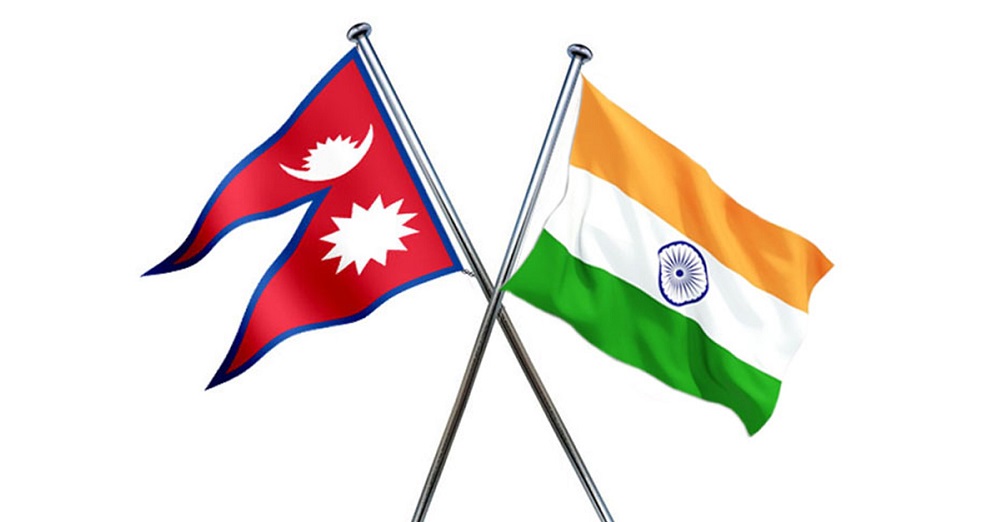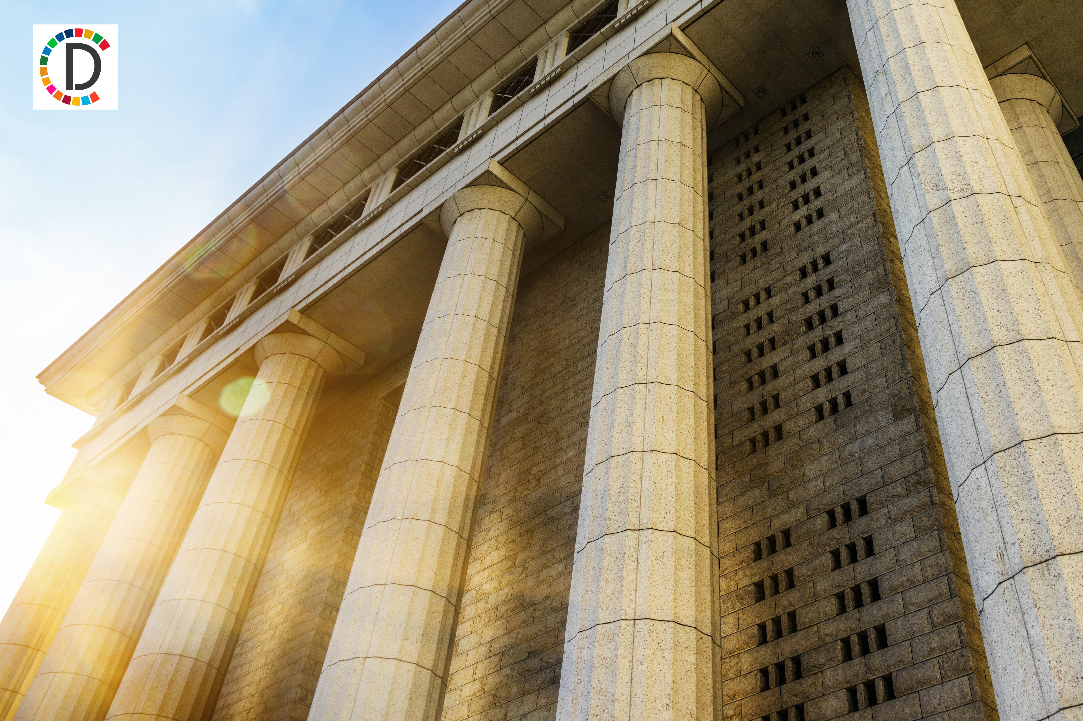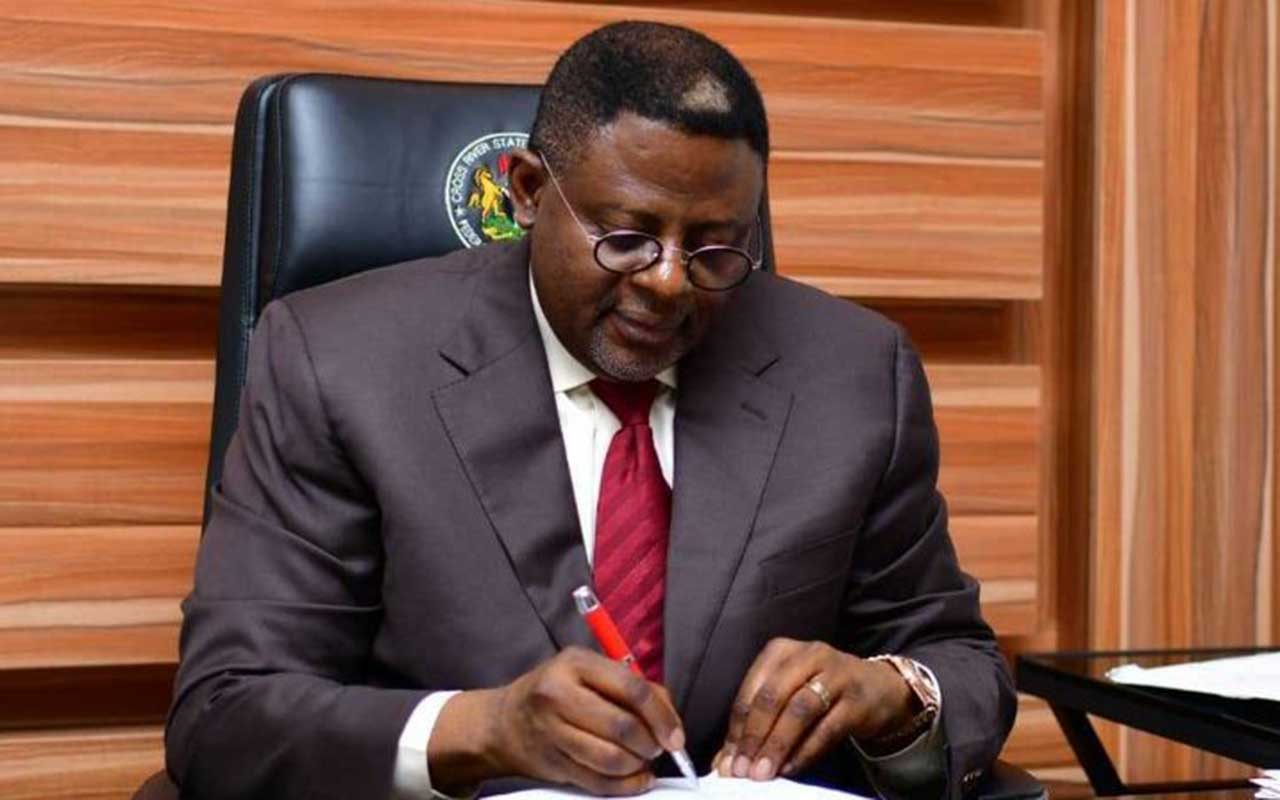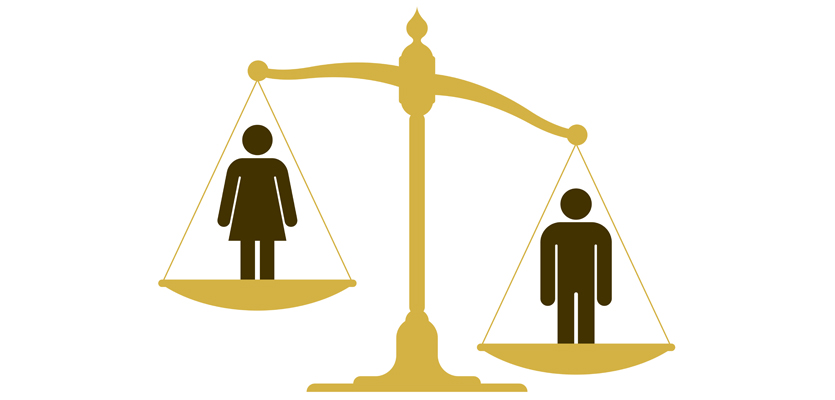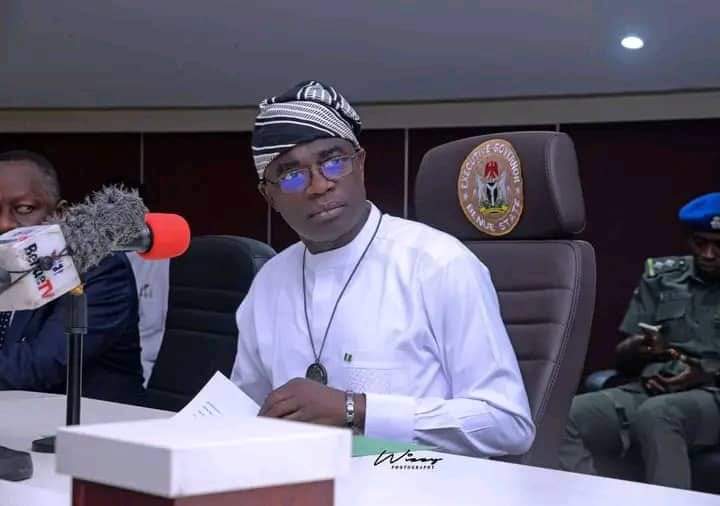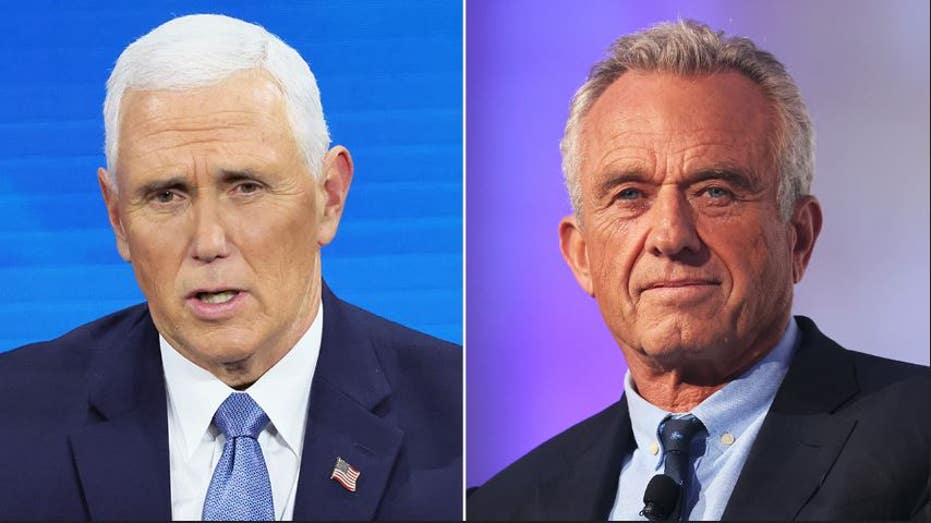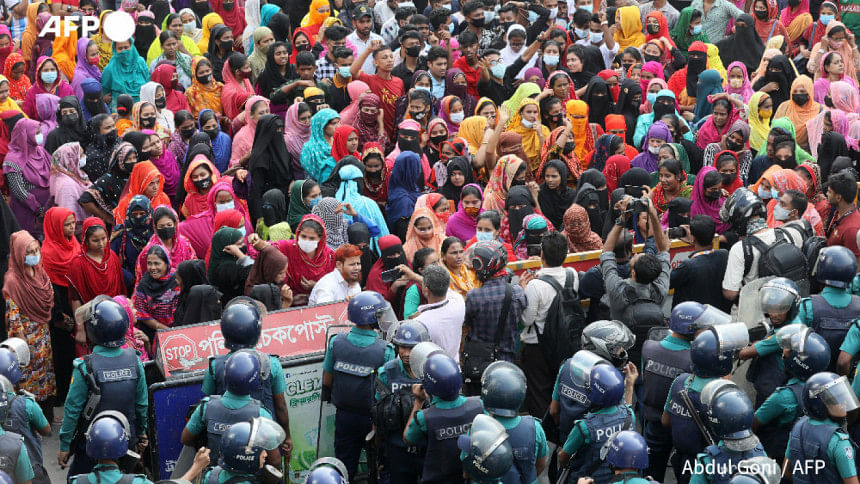
Burkina Faso is a landlocked, impoverished glob of sub-Saharan West Africa just south of Mali and just north of Ghana that was called “Upper Volta” when it gained independence from France in 1958. The current name, adopted in 1984, means “land of upright men.” It’s slightly bigger than Colorado (about 106,000 square miles) with a population almost that of Florida (about 22.
5 million people) but whose $16 billion-a-year GDP is about one-third that of Wyoming, which ranks 50th among U.S. states.
Burkina Faso’s capital and largest city, mainly known as a geography bee and spelling challenge – Ouagadougou – is home to about 2.5 million people. About 80% of the Burkinabe people live by subsistence farming.
Those with jobs bring in an average $850 a year, and more than 40% of the populace lives below what passes for its poverty line. The Norwegian Refugee Council, one of about 30,000 non-government agencies that specialize in trying to help developing nations, each year issues a list of what it considers the world’s 10 most-neglected displacement crises. The reason for the displacement, a euphemism for “people fleeing for their lives,” is an Islamic insurgency that began in 2015 and often massacres civilians.
The insurgents occupy about 40% of Burkina Faso’s territory. The central government has been notoriously unstable, with successful coups in 1966, 1974, 1980, 1982, 1983, 1987, 2014, and 2022 (twice), and unsuccessful ones in 1983, 1989, 2003, 2015, 2016 and 2023. The 1983 coup brought in four years of comparatively effective government under its co-leader, Prime Minister Thomas Sankara, whose policies included vaccinating 2.
5 million children against measles, yellow fever and meningitis; planting more than 10 million trees to resist the northern part of the country being swallowed by an expanding Sahara Desert; building roads, railways, village schools and clinics; and greatly increasing women’s rights and protections. He lasted barely four years before being ousted and slain (in a coup by his former close associate, eventual President Blaise Compaore, who reversed nearly all of Mr. Sankara’s policies.
The situation in Burkina Faso may be the world’s most dire, but according to the Norwegian Refugee Council, that of eight others in Africa – Cameroon, Democratic Republic of Congo, Mali, Niger, South Sudan, Central African Republic, Chad and Sudan – is little better. All which calls to mind a scene in the 1988 Christmas move “Scrooged,” a modernized version of Charles Dickens’ “A Christmas Carol,” in which television executive Frank Cross (the Ebenezer Scrooge equivalent, portrayed by Bill Murray) puts together a gift list of two choices, a video recorder or a bath towel, depending on expected return in terms of influence or favor. The United States gives out about $63 billion a year in aid to foreign nations.
Over the last two years, Burkina Faso has received $158 million, including an emergency $55 million famine grant. By “Scrooged” standards, that barely qualifies as a washcloth. Starting to fix Burkina Faso would cost exponentially more.
However, like nearly all of the other nations on the crisis list, Burkina Faso has had decades to address its own problems but has failed to do so. Small though it may seem in the overall picture, $158 million isn’t chump change. When President-elect Donald Trump takes office, he and his cabinet should be clear that a new administration means new standards for foreign aid: Do our long-term goals align with those of the nation in question? Is the nation democratic, or at least moving toward adopting democratic systems? And perhaps most fundamentally, is its government willing and able to use our aid dollars productively? It might be time we reminded those seeking annual handouts that there’s a category even below “washcloth” – thoughts and prayers.
.


